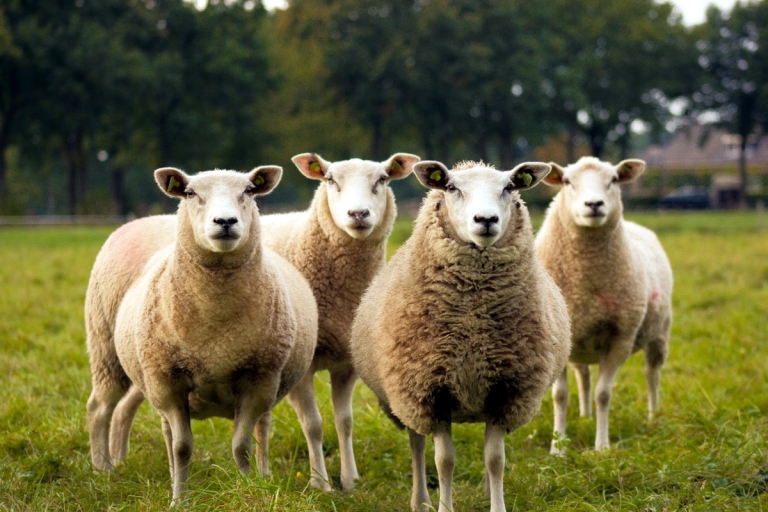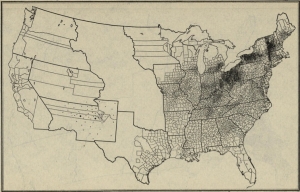
MORGANTOWN, W.Va. — Wool production has declined in West Virginia, but researchers at West Virginia University are exploring new ways to support the state's sheep farmers and wool producers.
Jordon Masters, a WVU research assistant, is leading the effort to promote farm-to-fiber production in the Mountain State with the goal of adding value to wool with grant funding from Fibershed, a nonprofit that develops regional fiber systems.
“I think it is important to promote farm-to-fiber and farm-to-fashion for West Virginia farmers,” Masters said. “Too often, West Virginia farmers have been left behind, and, hopefully, the work through this grant will help to end that.”
For wool to be turned into usable material to make garments, it goes through a preparation process at a mill. There are several steps in that process, including picking, carding, drafting, and spinning.
However, mills are scarce in north-central Appalachia, so farmers who wish to spin fiber must ship it out of state, which is not cost-effective. This causes producers in the region to stockpile wool for years before sending it off to mills far away, increasing ruined fleeces and disrupting revenue streams.
Masters aims to create a kind of micro-mill to help West Virginia producers process their wool more effectively and shorten the supply chain.
“I grew up on a small farm in West Virginia, and I had sheep when I was in 4-H, so I have always had this connection with wool,” Masters said.
“However, it was not until I started my graduate studies, under the direction of Davis College’s Beth Shorrock, that I actually understood how my background in agriculture and my interests in textile and fashion development could intersect.
"Having access to this micro-mill suite will allow me to do research to figure out what we can do with West Virginia wool.”
His project began with Studio HILO, a Berlin, Germany,-based studio for textile innovation that develops devices to change traditional supply-chain methods for processing fiber.
The studio has two available devices, including the HILO Spinning Machine, which allows the user to convert raw fibers into commercially spun yarn, forgoing the traditional and limiting factors of processing fiber, Masters said.
“This grant allowed me to get the supplies to build out my own open-source spinner that was designed by Studio HILO,” he said.
“My colleagues from the United Kingdom and I have made a few modifications to the spinning machine to make it more user-friendly for the farmers. Since I have built the spinner, I am now working on developing other stages to create a micro mill suite.”
The micro-mill suite will allow farmers to process the fiber themselves, adding value to the fibers they sell by creating many different products, such as garments, accessories, and carpentry fiber.
Lisa Jones, program coordinator for the WVU Extension Small Farm Center, said.
“This is the initial phase of Central Appalachian Fibershed,” Jones said. “We have multiple phases where we are looking at how much wool is being produced in West Virginia and how that ties into the topic of farm-to-fiber and meeting the farmer’s needs.”
Going forward, Jones said her agency hopes to work closely with the sheep-farming and wool-production community through the Fibershed project.
“At [the] extension, our role is making sure the knowledge that comes out of the university gets into the community, but also vice versa, where the needs of the community feedback into the university, and that is what we are doing here,” Jones said.
“We are making sure we benefit everyone from the university professor to the student who goes here to the farmers that are actively doing the work.”
Sophia Darmelio, a marketing strategist for the WVU Extension Service, contributed to this story.
W.Va.'s northern panhandle once prime U.S. sheep country

West Virginia may best be known for its vast mountain forests, but its northern panhandle was once a grassland clipped low by sheep. Part of the vast Ohio market area, which includes much of Ohio and western Pennsylvania, the four northern panhandle counties—Brooke, Marshall, Hancock, and Ohio—produced more wool than all other counties combined. READ THE FULL STORY HERE.
Sign up for a FREE copy of West Virginia Explorer Magazine in your email twice weekly. Sign me up!




























